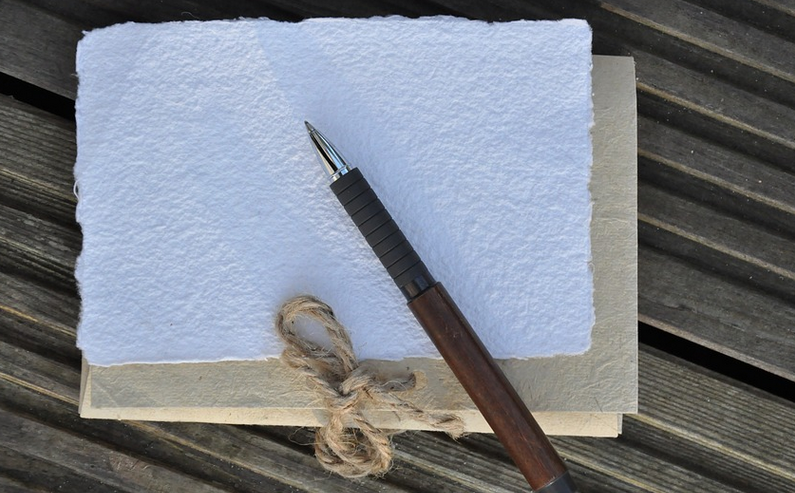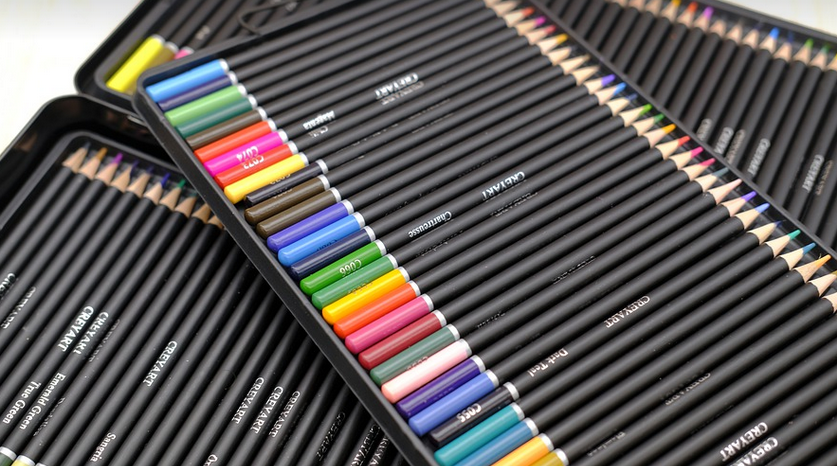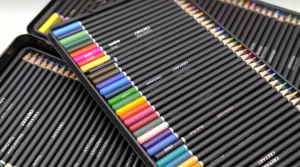A Glimpse into the Genius of Everyday Objects
You know that feeling, that moment when you stumble across something truly unique? Something that transcends the ordinary and whispers a story about innovation, craftsmanship, and an unyielding pursuit of beauty. Today, we’re diving deep into the world of Frank Lloyd Wright bookends – a glimpse into the genius of those seemingly mundane objects that hold stories within them. Wright, the iconic architect who revolutionized modern design, wasn’t just a master of grand structures like Fallingwater and Guggenheim Museum; he was also an explorer of the everyday object, pushing boundaries in how we interact with the world around us. Bookends, though seemingly trivial, became his canvas for showcasing his signature architectural principles, blurring the lines between art, function, and innovation. His bookends aren’t just decorative; they are expressions of a deeper philosophy. Wright believed that architecture should seamlessly blend into its surroundings, mimicking the natural world with organic shapes and flowing lines. He challenged the traditional rigid forms found in furniture design, advocating instead for an embrace of fluidity and adaptability.
His bookends embody this ethos. They’re not just functional supports; they are sculptural statements that invite you to appreciate their artistry.
Imagine a smooth, flowing form, perhaps a subtle curve at the base reminiscent of the flow of an ocean current. Or maybe it’s a bolder statement, showcasing Wright’s penchant for geometric precision with angular lines.
But Wright’s bookends are more than just aesthetically pleasing forms; they are tools for exploring new ways of thinking about everyday objects. He challenged us to view our homes as havens of creativity, where even the simplest object like a bookend could spark a conversation about form, function, and purpose.
The Legacy of Frank Lloyd Wright’s Bookends
Beyond their aesthetic appeal, Wright’s bookends have an undeniable legacy.
They are a testament to his relentless pursuit of innovation and beauty in every aspect of life.
These bookends offer a unique insight into the mind of Frank Lloyd Wright: how an architect who redefined structures could also delve into the seemingly mundane. The bookend, for Wright, was not just about holding books; it was about creating a space where artistic expression and functionality danced in harmony.
They are pieces of history, telling us a story of innovation, craftsmanship, and of a man’s relentless pursuit of beauty.
A Closer Look at Wright’s Bookends
Let’s dive deeper into the world of Frank Lloyd Wright’s bookends and explore their unique design elements:
**Materials:** From the starkness of polished steel to the warmth of wood, each material choice was carefully considered. Wright often incorporated materials that reflected his architectural philosophy—natural textures, organic forms, and a seamless integration with the surrounding environment.
**Form & Function:** Wright’s bookends weren’t just decorative; they had a practical purpose. He designed them to be both functional and aesthetically pleasing, ensuring that the bookend served its purpose while also enhancing the aesthetic appeal of your bookshelf.
**The Wright Touch:** A glance at his bookends reveals the unmistakable mark of Frank Lloyd Wright – a blend of bold lines, organic forms, and a sense of timeless elegance.
His designs were not for mass production; they were individual pieces that told stories about their owner’s personality and taste. Just like his architectural masterpieces, each bookend was a unique work of art.
The legacy of Frank Lloyd Wright’s bookends extends beyond the physical objects themselves. They represent a shift in thinking – an acknowledgment that everyday items can be imbued with artistic expression and become part of a larger narrative about life, design, and beauty.
A Glimpse into the Future
As we look towards the future, Wright’s bookends continue to inspire us with their timeless appeal. The question remains: how will people embrace the legacy of his designs in the years to come? How will they adapt these principles to create a new generation of beautiful and functional objects?
One thing is certain – Frank Lloyd Wright’s legacy lives on, not just in the grand structures he designed, but also in the simple, yet profound impact of everyday objects.
As you browse through your bookshelf, take a moment to appreciate these iconic bookends. They are a tangible reminder of the enduring power of creativity and innovation, even in the most mundane corners of our lives.










